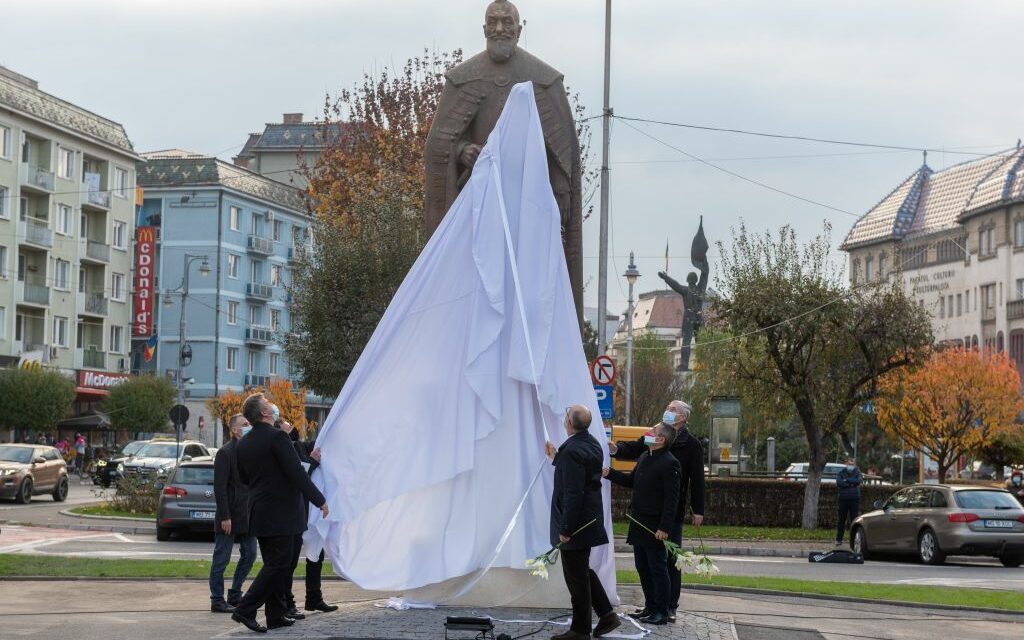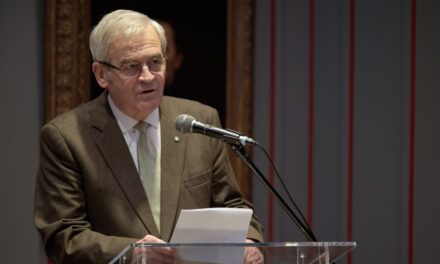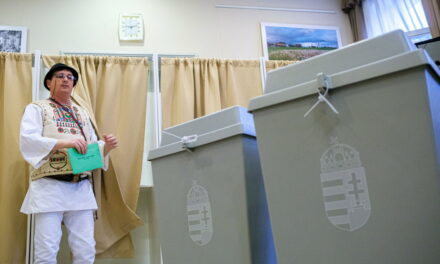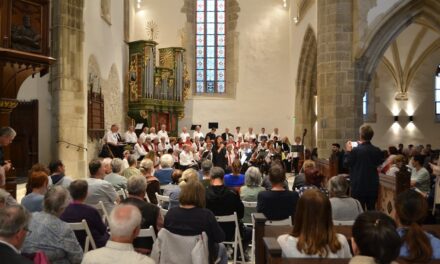The new, digital information boards displayed on Romanian historic buildings will also be readable in Hungarian, the Romanian Travel Association, which is managing the project, told MTI.
The Romanian Ministry of Tourism announced on Friday that it will replace the information boards on the listed buildings with new ones with QR codes.
The project will be implemented by the Romanian Travel Association (Asociatia Calator prin Romania) over the next three years, the ministry wrote in its announcement. He emphasized: the purpose of the digitization project is for tourists to be their own tour guides and to better understand the sights of Romania. That's why every sign has a QR code that can be scanned with your phone. Romania's tourism slogan will appear on the signs: discover the garden of the Carpathians!
The initiators also thought of foreign tourists, information on the built heritage is available in 32 languages.
In addition to providing information, the project aims to create an up-to-date database of Romania's built heritage. Constantin-Iulian Tanascu, president of the Romanian Travel Association, told MTI: the database is also available in Hungarian, so Hungarian tourists can browse in their native language.
It covers all Romanian monuments and tourist attractions
Among the settlements inhabited by Hungarians in Transylvania, Zilah has so far been implemented, the next stop will be the well-known spa town of Hargita county, Borszék, said the president of the association.
According to Constantin-Iulian Tanascu, they are contacting all Romanian municipalities, as they can help put the project into practice as partners. The costs are borne by the association, they also make the signs, the mayor's offices only have to help with the equipment.
The association bases its work on the official list of Romanian monuments, which also includes the smallest village.
According to the president of the association, they are confronted with the reality during the field work, because there are many monuments on the list that have already been demolished in the meantime. In Romania, in recent years, mainly the municipalities of Transylvanian cities have placed multilingual information boards on monuments, but in most cases political support was needed to include the Hungarian language as an option alongside the world languages.
Source: MTI
Photo: MTI/Gábor Kiss













